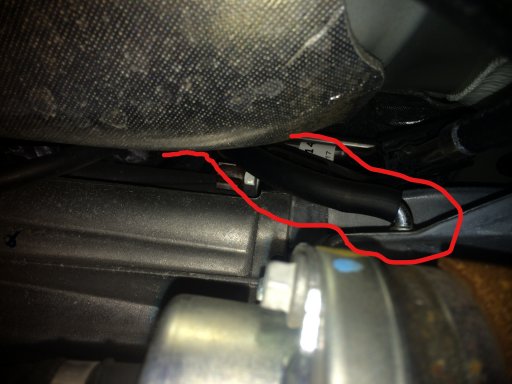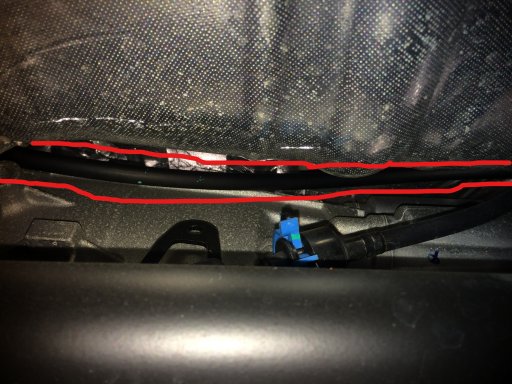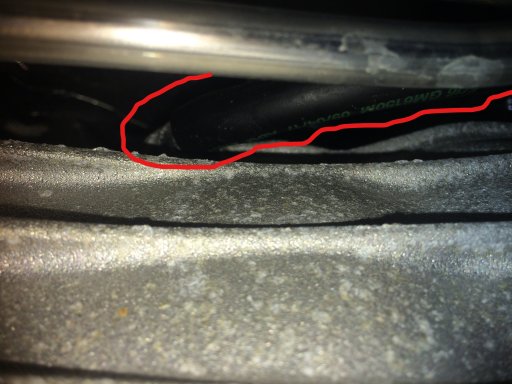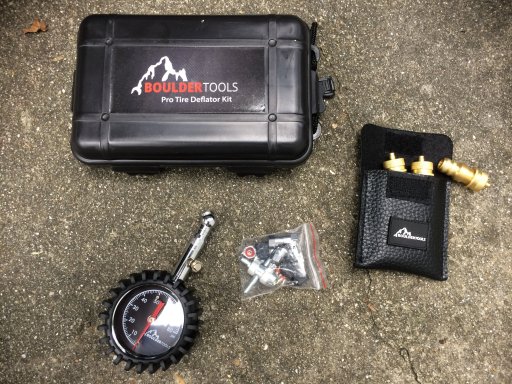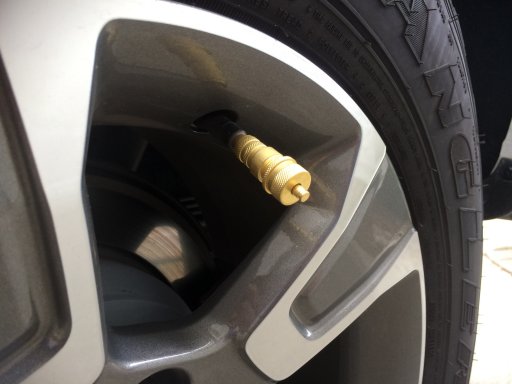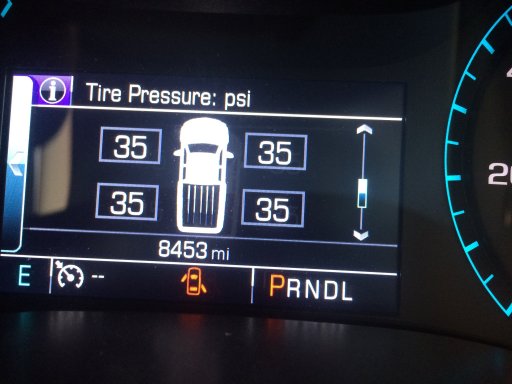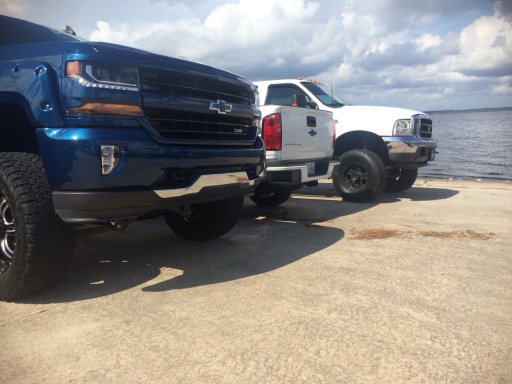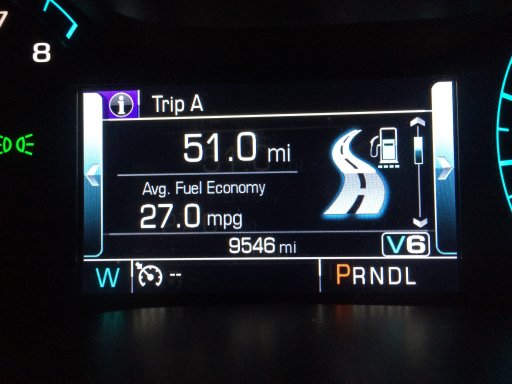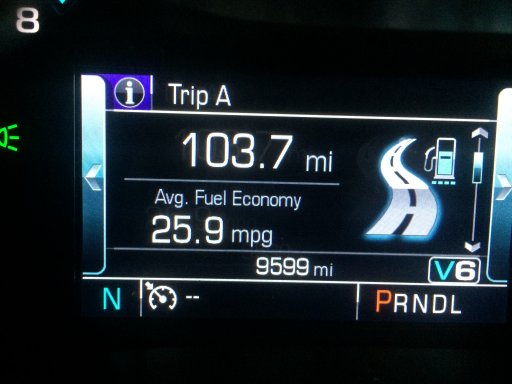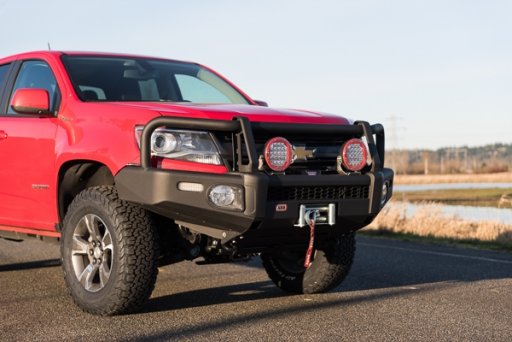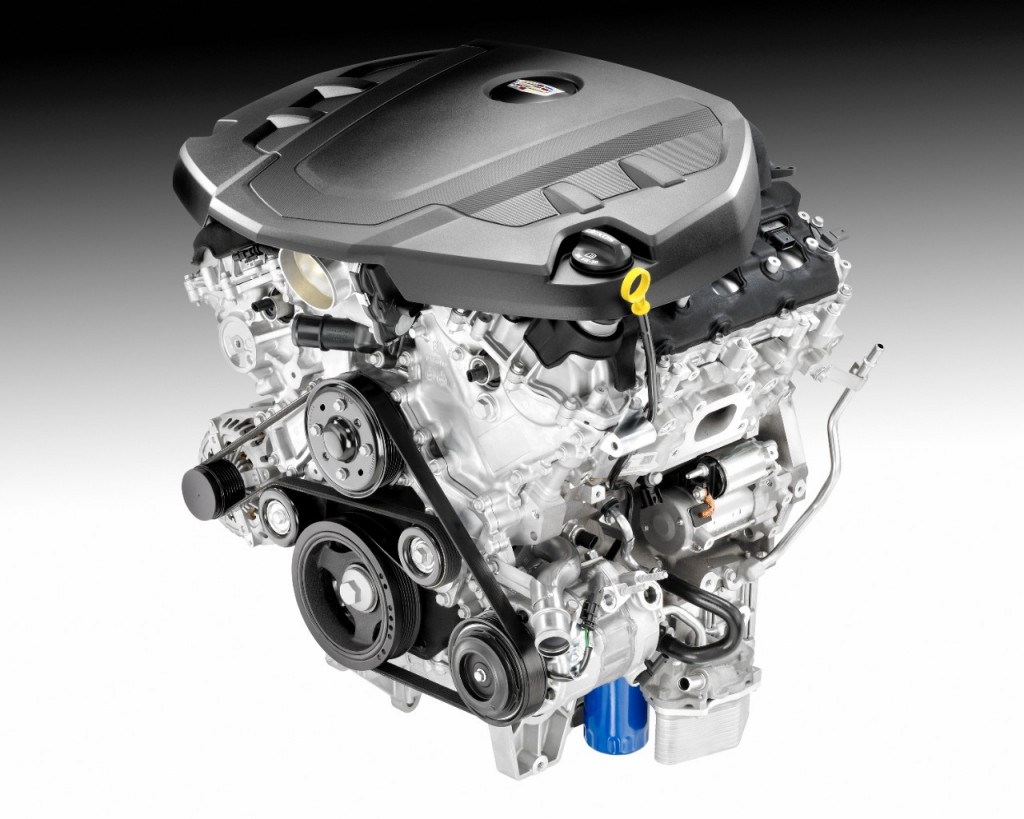Front and Rear Diff. Breather Mod:
Not Required!
I swear... the longer I have this truck... the more I keep finding little things about it that I really like. It really does seem that GM put some serious effort into thinking about making these trucks awesome little functional machines. It's in the details.
I just went out to take a look at my front and rear diff. breather tubes. To see how high they are for some fore-knowledge of their whereabouts(height) before making any sort of water crossing. In my case I tend to have to ford deep water on pavement when we get hard rains. I passed many flooded out Jeeps in my old 2WD Colorado on the way to work the last time I lived here. Not because my truck was better... but I understood it mechanically and was able to adjust speed to make the water wake not flood out/hydro lock my engine. My neighbor did destroy his vehicle.
Anyways.... Both diff breathers have a vent cap that is Spring Loaded to allow air in and out... but will close when trying to suck in water! On another plus note... they are already super high as well!!! Nice. The front diff breather ends up in the engine bay next to the battery. The rear diff breather is clipped up to the fuel port in the LH fender well. The tubes are clipped off every foot or so... and remain up out of snag range the whole way as well. Perfect!!!
Any deeper and my truck will be floating away... and hydro-locked anyways.
Good Job GM!
Photographic evidence...
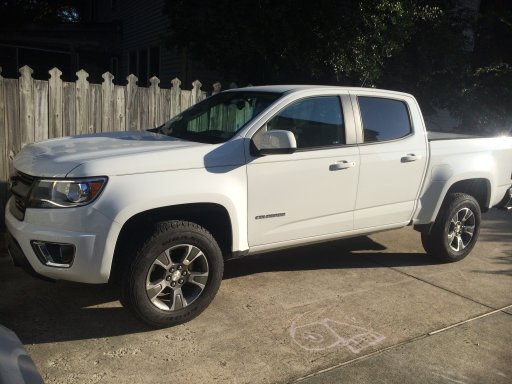
Front diff. breather. TAKE NOTE... GM also put in bolt locations near the battery/fuse box (and marked with stickers) so that mods can have good grounds! Lower right...
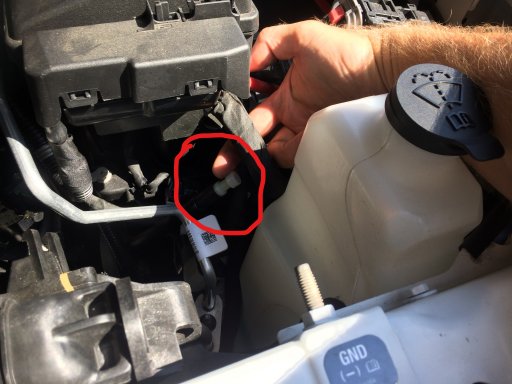
Rear Diff. Breather... comes out just above the right side of the pumpkin... routes over the top of the diff... then routes up behind the fuel tank... along the frame... then up to the fuel port. If water gets this high... water will be entering the fuel system as well.
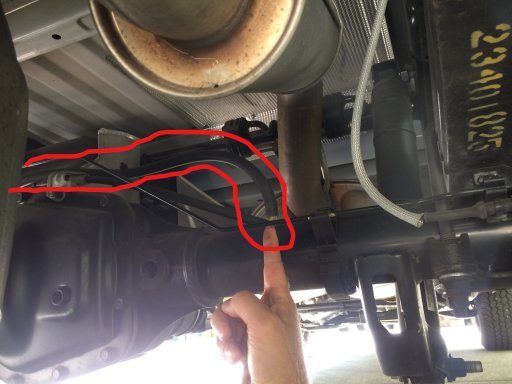
You can faintly see two of the clips. They are every 6 inches to 1 foot apart.
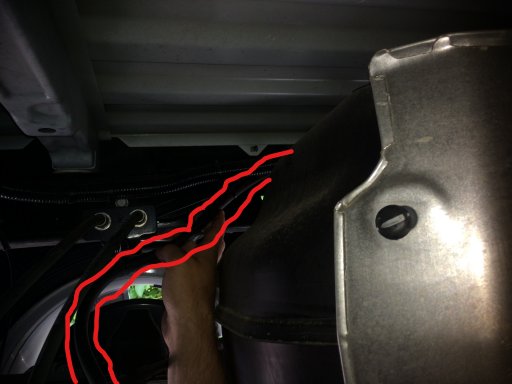
This is looking up through the inside of the frame/fender area to the fuel port. As you can see the last clip is up there nice and high.
Look at that heavy duty stainless steel fuel fill tube for the tank. Maybe dry-rotting and leaking tubes are a thing of the past. Maybe...
My mechanic eye also notices that the EVAP system tube is attached to the Top. It has a nice vertical bend in it as well. So that is also an awesome detail GM did a good job on. A lot of vehicles get issues with these systems when owners top off and get solid fuel into it. This should keep solid fuel/issues away.
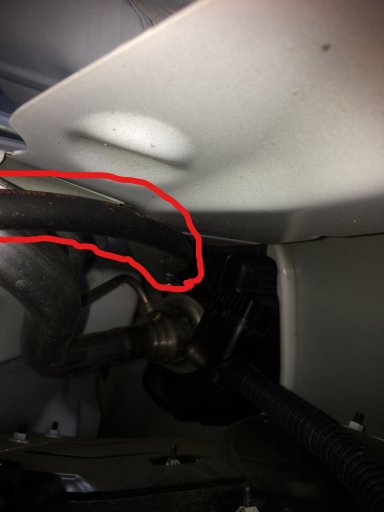
Well... I suppose I will not be doing any mod to this system.







